
PALESTINE DIARIES
Award-winning historian Dr Jonathan King has been producing books and films about World War I since 1994. He leads battlefield tours to Gallipoli and the Western Front, and is a regular television and radio commentator, as well as a writer for newspapers. After lecturing at The University of Melbourne for many years, he has written more than 30 books and produced 20 documentaries. He is based in Sydney with his fellow adventurer and wife, Jane. They have four daughters and seven grandchildren.
Scribe Publications
1820 Edward St, Brunswick, Victoria 3056, Australia
2 John St, Clerkenwell, London, WC1N 2ES, United Kingdom
First published by Scribe 2017
Copyright Jonathan King 2017
All rights reserved. Without limiting the rights under copyright reserved above, no part of this publication may be reproduced, stored in or introduced into a retrieval system, or transmitted, in any form or by any means (electronic, mechanical, photocopying, recording or otherwise) without the prior written permission of the publishers of this book.
The moral rights of the author have been asserted.
ISBN 9781925322668 (Australian edition)
ISBN 9781947534216 (UK edition)
ISBN 9781925548556 (e-book)
A CiP entry for this title is available from the National Library of Australia
scribepublications.com.au
scribepublications.co.uk
This book is dedicated to Trooper Ion L. Idriess, (18891979) from the Australian Light Horse, 2nd Brigades 5th Regiment, who wrote such wonderful diaries during the Light Horse campaign in Palestine. An adventurous gold prospector from outback Australia who had learnt how to survive from Aboriginal tribes, he was at home in the desert. During the war, he was the most dedicated of all scribes and kept updating those little books in his saddlebag day after day, year after year, despite enemy bullets, shrapnel, shells, bombs, desert sand storms, scorching heat, hunger, thirst, and malaria right up until he was wounded in action and repatriated back to Australia, where he became one of our nations leading authors of adventure books.
_on_horse.jpg)
Trooper Ion Jack Idriess, the greatest scribe of all, kept a colourful diary throughout the Light Horse campaigns at Gallipoli and in Palestine.
CONTENTS
Brendan Nelson, Director of the Australian War Memorial
Equal to the worlds best
PART 1: GALLIPOLI 1915
Prelude: :
Massacre of the unmounted at The Nek, 7 August 1915
PART 2: SINAI 1916
1. :
Sand-dune struggles in Sinai
2. :
Defying top brass orders to win a neck-and-neck battle
PART 3: PALESTINE 19171918
3. :
Kiwis ignore orders to retreat, defeating Turks hands down
4. :
Panicky British general snatches defeat from jaws of victory
5. :
The Nutty British tank leads hundreds to their death on a suicide mission
6. :
Historys last successful cavalry charge
7. :
Third time lucky
8. :
First Christians to capture Holy City for 650 years
PART 4: JORDAN 1918
9. :
Allenby meets his match
PART 5: SYRIA 1918
10. :
The road to Damascus experience
Postscript:
Appendices:
Appendix 1:
Appendix 2:
Appendix 3:
FOREWORD
T wo costly assaults in March and April 1917 had failed to capture Gaza. As a part of the fresh offensive in October, Lieutenant-General Sir Harry Chauvel was instructed to take Beersheeba. At 4.30pm on 31 October, the relatively untested 4th (Victoria) and 12th (New South Wales) Light Horse Regiments charged into Beersheeba, history, and folklore.
Gaza fell to the British a week later, the Turks retreated to Palestine, and the gateway to victory in 1918 was opened by the Australians.
The official historian, Harry Gullett wrote: The enemy was beaten by the sheer recklessness of the charge, rather than the very limited fighting powers of this handful of Australians.
One Light Horseman simply said, It was the horses that did it those marvellous bloody horses.
But it was also something about these men. They served with courage dismounted at Gallipoli, and ran unflinchingly to their certain deaths at the Nek.
Standing silent sentinel above the Tomb of the Unknown Australian Soldier at the Australian War Memorial are fifteen stained-glass windows. Each depicts a serviceman and nurse from the First World War. At the base of each is a single word a value, a virtue-informing character observed in those depicted above.
Beneath the image of the Light horseman is Audacity nothing of value in life is achieved without taking a risk. And risk these remarkable men certainly took.

Official War Correspondent, Charles Bean.
The Australian War Memorial was the vision of Charles Bean, Australias First World War official historian.
At Pozires, a dying Australian had asked Bean, Will they remember me in Australia? From there, he subsequently conceived and resolved that at the wars end he would build the finest memorial and museum to these men of the Australian Imperial Force and the nurses.
Bean determined to collect not only the official records of war, but to preserve and protect the private records of those who had fought it. Bean acquired personal letters, diaries, and sketches to complement the battlefield reports, personnel records, and unit war diaries held by the AIF. These records, the words of the men and women who were actually there, enable us to learn more about the first-hand experience of war.
It was the first time that Australias working class had put pencil to paper on a major scale.

Official War Artist James McBey rode with this Australian camel patrol in Palestine for five days to sketch Strange Signals as the hardened bushmen peered through the shimmering mirage searching for enemy Turks or troublesome Bedouins.

To keep a detailed record of his service in Palestine, Trooper Arthur Adams used a military issue diary full of useful instructions with explanatory pictures for things like carrying Rifle Grenades.
More than a century after Charles Bean started collecting the personal experiences of Australians at war, they have become more valuable and popular than ever. The dedicated staff in the Memorials Research Centre facilitate thousands of these incredible private records being available each year to not only scholars and authors like Dr King, but to families and descendants.
The final book in his First World War centennial trilogy, Palestine Diaries: the Light Horsemens story battle by battle is informed by hundreds of diaries and letters held at the Memorial, and completes his exploration of the Australian soldiers experience of that terrible conflict. Skilfully weaving the words of the Light Horsemen themselves into a thoroughly researched historical narrative, he illustrates the experience of the Light Horse at Gallipoli and in Palestine, exploring the very different war they fought in the desert compared to the slime and blood-soaked mud of the Western Front.
Next page
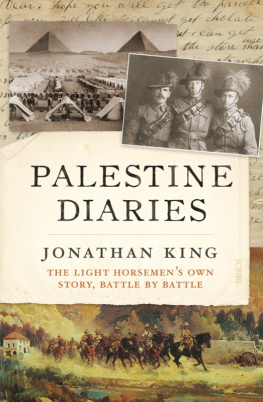
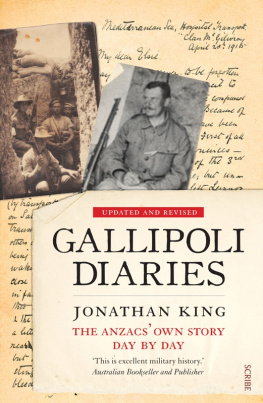
![Lt Col C. G. Powles - THE NEW ZEALANDERS IN SINAI AND PALESTINE [Illustrated Edition]](/uploads/posts/book/399129/thumbs/lt-col-c-g-powles-the-new-zealanders-in-sinai.jpg)

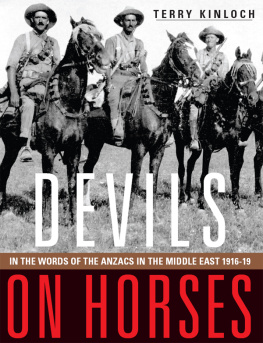
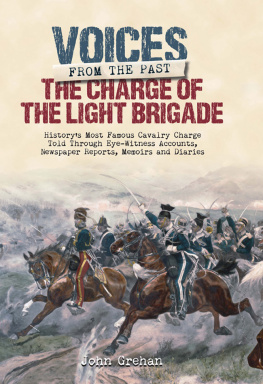

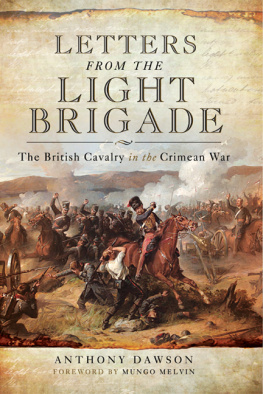
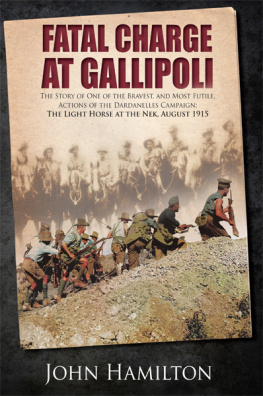
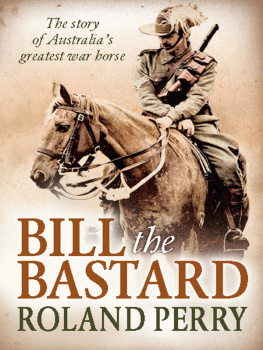
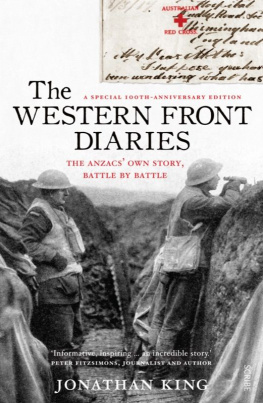

_on_horse.jpg)


